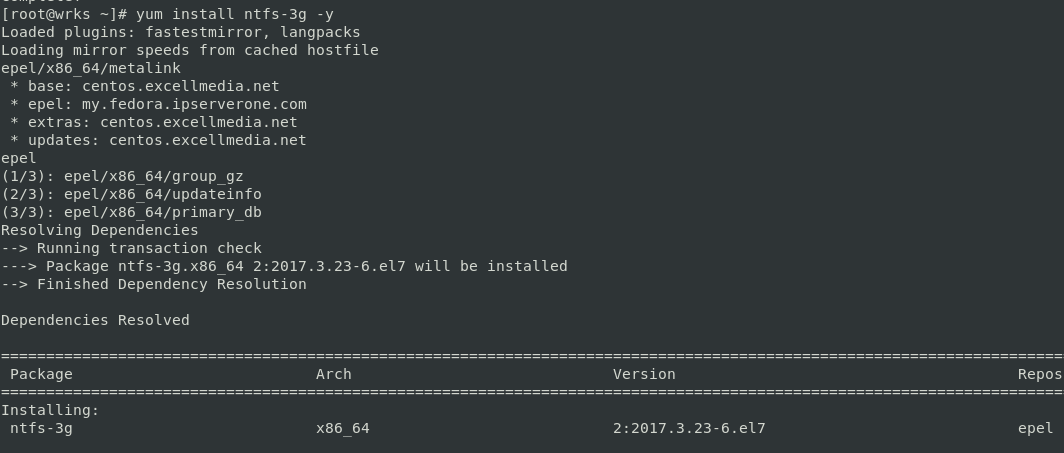
In that case, your system will have the NTFS3 driver, which is implemented in newer versions of the kernel. You do not need to follow this section if you are running a Linux operating system with a kernel newer than 5.15. This driver is a re-implementation of NTFS, so Linux will be able to talk with those drives.
#Ntfs 3g mount how to#
This section will show you how to install the NTFS-3G fuse driver on a Linux device. Installing the NTFS-3G Userland Driver on Linux Within this guide, we will show you how to install the NTFS-3G driver on a Linux system and how to mount an NTFS partition.

It allows reading and writing to NTFS partitions like NTFS3 but isn’t as performance friendly. This userland driver is helpful for those running an older version of the Linux Kernel. The second way to add support for this filesystem is to install the userland NTFS-3G driver on Linux. This driver is fully functional and requires no extra work from the end user to utilize. This driver is available to anyone running a system that uses a Kernel version newer than 5.15. The first way of implementing NTFS on Linux is the NTFS3 drivers.

Fortunately, two different ways exist to handle this. Linux support for the NTFS filesystem relies on drivers that re-implement the filesystem. NTFS is a proprietary filesystem that Microsoft developed for the Windows system to replace the older FAT filesystem. In this tutorial, we will be showing you how to mount NTFS partitions on a Linux-based operating system.


 0 kommentar(er)
0 kommentar(er)
